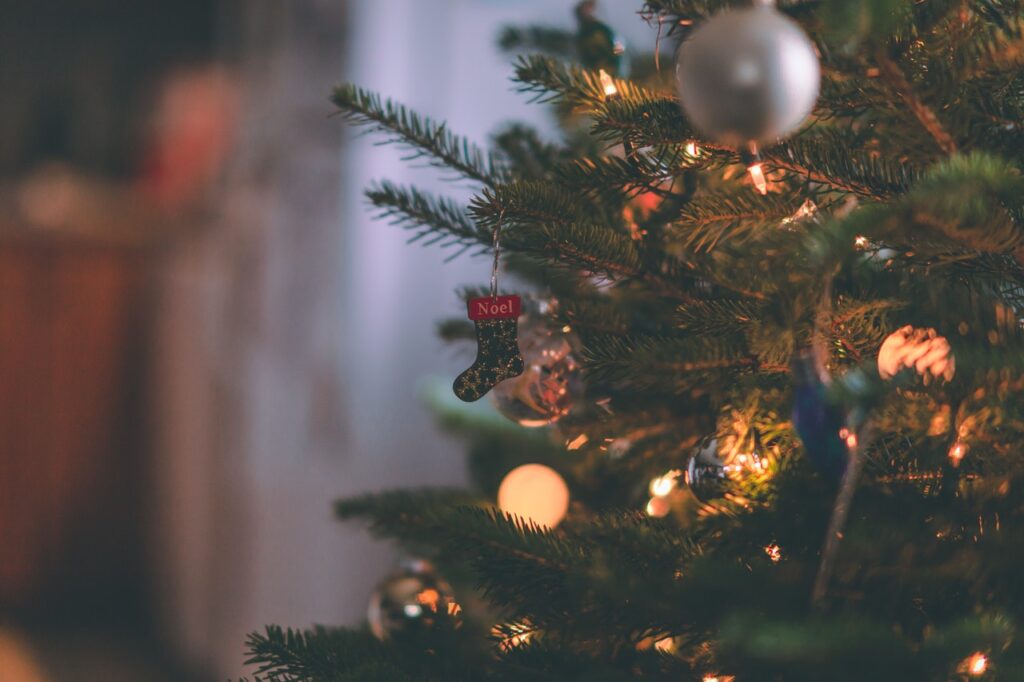We leave Christmas in Romania and head southwest across Europe for 2,391km to Spain for our next destination on our Christmas tour around the world.
Located on the Iberian Peninsula, Spain covers an area of 505,990 square km and has a population of around 47 million people spread across 17 admin regions. With a coastline of 4,964km, Spain has more than 8000 beaches, perfect for their warm sunny climate.
Producing around 1.5 million tons every year, Spain is the world's highest producer of olive oil.
The Spanish are pretty laid back and tend to run on a different schedule to the rest of Europe. They will often eat diner at around 10pm after a late lunch between 1-3pm.
The Spanish are really good at football - they were named FIFA's top country between 2008 and 2013.
So, how do they celebrate Christmas in Spain?
When
In Spain, they celebrate Christmas on 25th December.
Religious Influence
The most popular religion in Spain is Catholicism, but other religions are also practised - Islam, Protestantism , Judaism and Hinduism.
Decorations
‘Pesebres’ (Nativity scenes) are popular decorations in homes and churches throughout Spain. Belénes are also Nativity scenes but are very intricate and miniature, and depict life in Bethlehem when Jesus was born including characters such as Mary, Jesus, Joseph, and the Three Kings.
In the Catalonia region of Spain there’s a decorative Christmas character found in most homes called ‘Tió de Nadal’/'Caga tio' (the Christmas log/the pooping log). This is a small hollow log with a cheery face on one end and two small legs. On December 8th, the family gives it a blanket. Also popular in Catalonia, as part of the nativity scene, is the figure of ‘El Caganer’ (The Pooer) which is someone dressed like a Catalonian peasant doing their business. This figure is usually placed away from the main stable of the scene, and modern versions may have the face of a celebrity or a politician.
Christmas lights are put up in shops and cities in the first week of December and Christmas Trees appear in homes and public spaces a few weeks in.

Photo by Craig Adderley from Pexels
Customs
Christmas Eve is called Nochebuena is Spain. Many people will go to Midnight Mass, called ‘Le Misa Del Gallo’ (the mass of the rooster) the night of Christmas Eve. The name comes from the belief that a rooster crowed when Jesus was born. In the build up to Nochebuena, some children will go door-to-door carol singing, called ‘piden el Aguinaldo’, hoping to get some money from their neighbours.
After the midnight service, there’s an old tradition during which people parade through the streets carrying candles, playing guitars, and beating tambourines and drums. Children receive some presents on Christmas Day, but most presents are received on Epiphany (6th January).
In Basque country (part of northern Spain and southern France), children receive gifts on Christmas Eve from a magical man called Olentzero who dresses like a Basque farmer and smokes a pipe. In Catalonia, people leave food offerings for their Christmas log from December 8th onwards and then on Christmas Eve or Christmas Day, they sing a special song while hitting the log with sticks to help its ‘digestion’. As they hit it, the log ‘poops out’ sweets, dried fruits, and nuts, and once it drops an onion or a garlic then it’s finished giving out sweets for the year.
Many towns host ‘Pastorets’ which are Nativity plays/presentations with readings from the bible and music. On December 28th it’s ‘Día de los santos inocentes’ (Day of the Innocent Saints) which is similar to April Fools Day during which people try and get others to believe silly stories and jokes. The media will also run silly stories. If you successfully manage to trick someone on this day then you call them 'Inocente, inocente’ (Innocent, innocent). Epiphany (6th January) is when the Christmas story is mostly celebrated and children receive presents from the ‘Three Kings’.
Food
The main Christmas meal is usually eaten by most families before the mass on Christmas Eve. The traditional main dish, although not very common now, was 'Pavo Trufado de Navidad' which is Turkey stuffed with mushrooms or 'Pularda asada’ (roasted hen). In Galicia (north-west Spain) the most popular food on both Christmas Eve and Christmas Day is seafood (shellfish, lobster, small crabs, etc.). The popular desserts are mazapán (made with almonds, sugar and eggs), turrón (nougat made of honey, sugar, egg white, and toasted almonds), and polvorones (Spanish shortbread).
Our next destination looks at Christmas in Sweden.